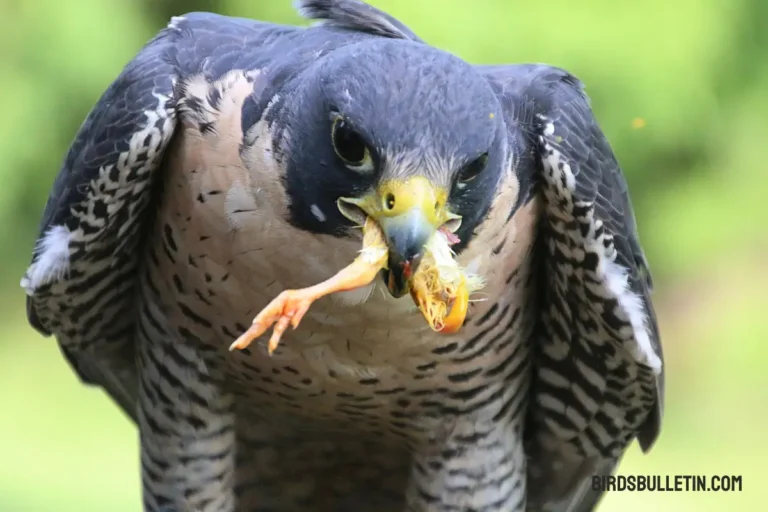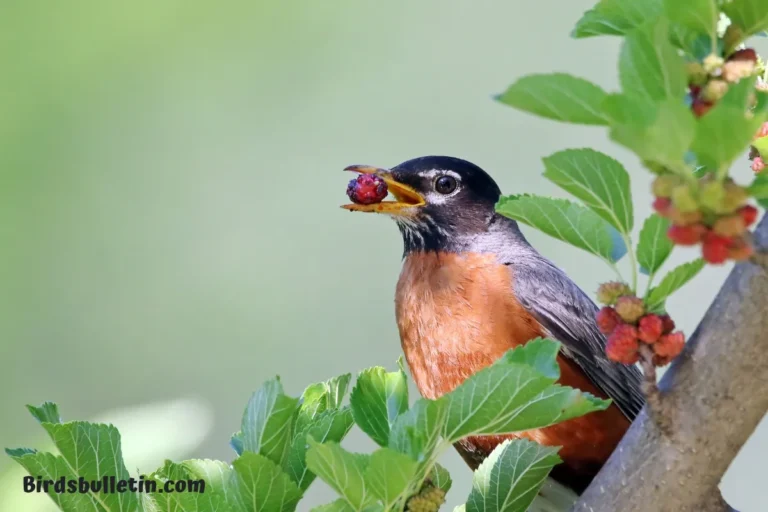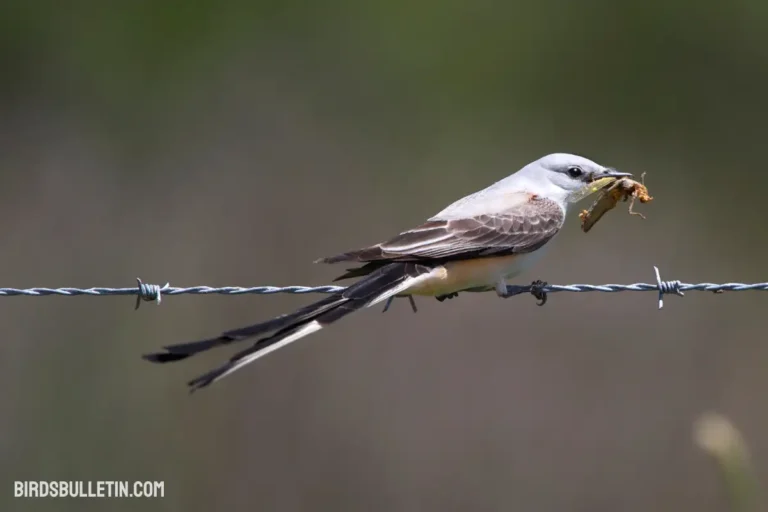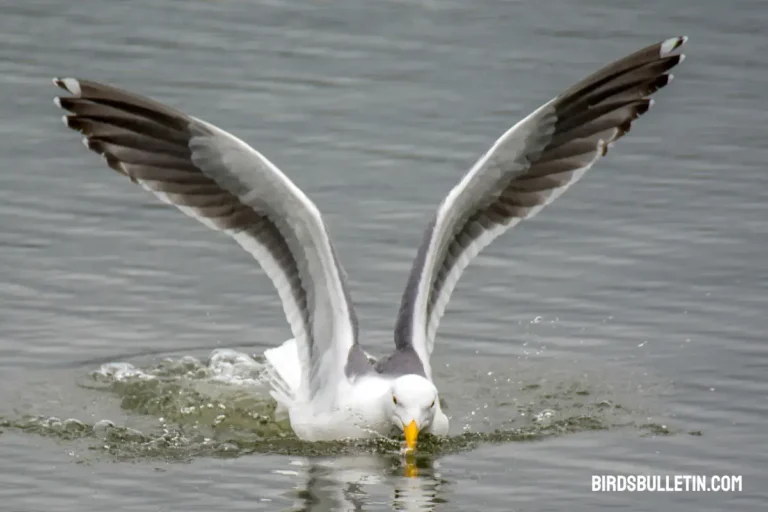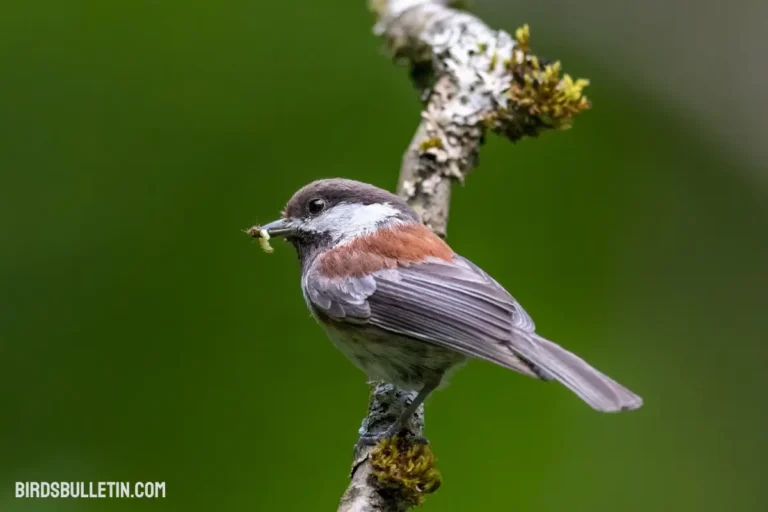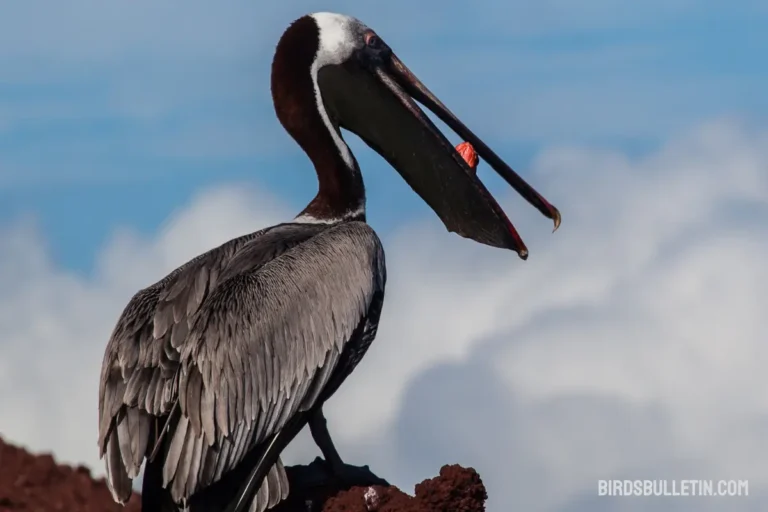What Do Wood Thrush Eat?
The wood thrush is an omnivorous bird that feeds on a diverse array of insects, fruits, and berries. Its diet shifts with the seasons, taking advantage of abundant food sources during spring and summer breeding months and adapting to scarcer offerings in the fall and winter.
This bird employs a variety of foraging techniques to target its preferred foods, from gleaning insects off foliage to vigorously flipping over leaf litter on the forest floor. Read on to learn more about how this forest songster finds sustenance across North America.
Want to learn more about birds food and diet:
Favorite Foods of the Wood Thrush
During the breeding season, wood thrushes target high-protein insect foods to meet the energy demands of nesting and raising young. Some of their favorite insect prey include:
- Beetles
- Caterpillars
- Spiders
- Ants
- Flies
- Millipedes
They also consume a good amount of forest fruits and berries in the summer and fall, including:
- Wild grapes
- Blueberries
- Raspberries
- Black cherries
- Dogwood berries
- Serviceberries
- Elderberries
Here is a table summarizing some of the wood thrush’s favorite foods:
| Favorite Insect Foods | Favorite Fruits/Berries |
|---|---|
| Beetles | Wild grapes |
| Caterpillars | Blueberries |
| Spiders | Raspberries |
| Ants | Black cherries |
| Flies | Dogwood berries |
| Millipedes | Serviceberries, Elderberries |
How Do Wood Thrushes Gather Food?
Wood thrushes employ a variety of foraging techniques to take advantage of the bounty of insects and fruits available in their forest habitat:
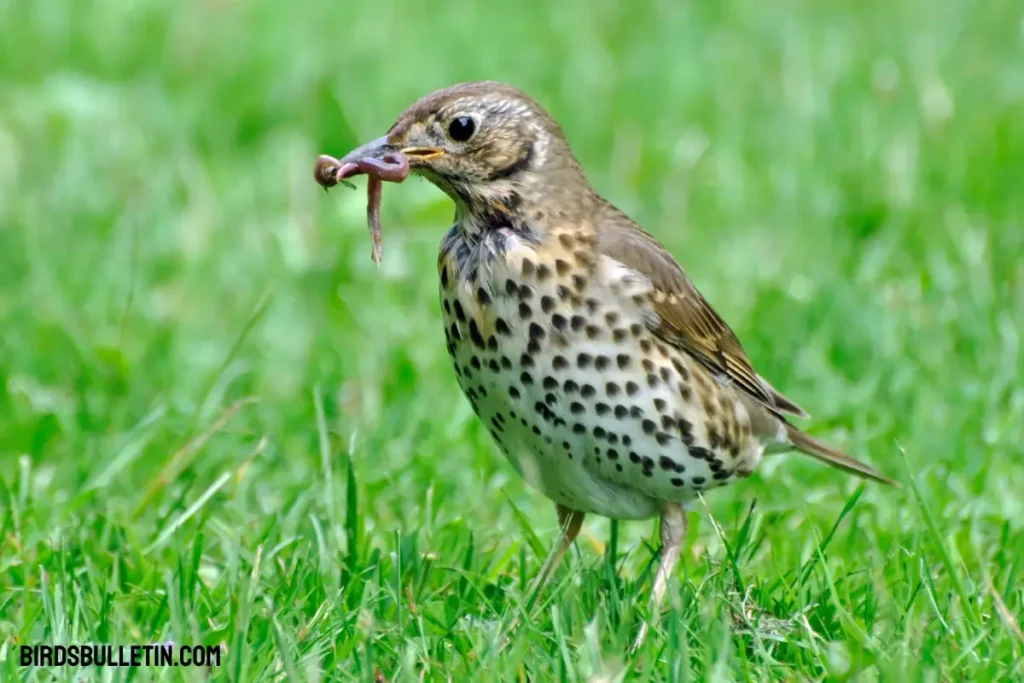
- Gleaning – Carefully picking insects, spiders, and other prey items off of tree leaves and branches. They also pluck berries and fruits directly from vegetation.
- Leaf litter flipping – Using their beak to vigorously flip over leaf litter on the forest floor to uncover hidden insects and other invertebrates.
- Skimming – Flying out from a perch to catch insects like flies and beetles in mid-air.
- Hawking – Catching flying insects by waiting on an open perch and swooping out to grab them.
- Probing – Inserting their bill into crevices in tree bark or clusters of leaves to probe for concealed arthropods.
In the winter, they rely more on gleaning whatever food they can find off vegetation since leaf litter and flying insects are reduced.
What Do They Eat in the Winter?
In their wintering grounds from the southern U.S. to South America, wood thrushes have a more limited diet. With fewer insects available, they depend largely on fruits and berries from trees and shrubs.
Some key winter foods include wax myrtle berries, wild olive fruits, pokeweed, and grapes. They still use gleaning to pick off any overwintering insects, spiders, or invertebrates from the vegetation. Wood thrushes will also visit backyards and gardens with fruit trees and shrubs in the winter to supplement their diet.
They can be drawn in with offerings like raisins, currants, winterberry, and even chopped fruit and mealworms placed in feeders. Providing winter food sources helps support their survival until spring.
What Do Their Babies Eat?
Once wood thrush chicks hatch after an incubation period of 12-14 days, both parents work together to gather food to feed the nestlings. The nestlings need a protein-rich diet to fuel their rapid development and growth in the nest.
The parents deliver a constant supply of caterpillars, spiders, flies, beetles, and other insects to the nest. As the nestlings near fledging at 10-13 days old, the parents also bring forest fruits like wild cherries and elderberries.
The nestlings digest this food into a liquid form that the parents can collect and feed directly to the chicks by regurgitating it into their mouths. This high-protein diet ensures the nestlings are strong enough to leave the nest and continue maturing into juvenile thrushes.
Frequently Asked Questions
01. Are Wood Thrushes strictly insectivores, or do they consume plant matter as well?
Insects form a significant part of the Wood Thrush’s diet. During the breeding season, they also consume plant matter, including fruits and berries. During the fall and winter months, Wood Thrushes rely on fruits to meet their nutritional needs.
02. What is the wood thrush’s main food source?
Insects like beetles, caterpillars, and flies make up the majority of a wood thrush’s diet during the breeding season along with fruit and berries.
03. Do Wood Thrushes have specific hunting techniques for different types of prey?
Wood Thrushes exhibit specialized hunting techniques for various prey items. For insects hiding in crevices, they use their slender beaks to extract them. When hunting earthworms, they listen for vibrations in the soil and extract the worms with swift movements.
Conclusion
The wood thrush truly takes advantage of the buffet of insects, fruits, and arthropods available across North America.
Its diverse diet and flexible foraging strategies allow it to flourish across forests, backyards, and gardens. Providing key food sources in winter helps support wood thrush populations.
Looking at the wood thrush’s feeding ecology and favorite foods gives us a greater appreciation of this beloved songbird and how it makes its living in the natural world. The melodious voice of the wood thrush depends on its ability to find sustenance across the seasons.
References:
- Roth, R. R., Johnson, M. S., & Underwood, T. J. (1996). Wood Thrush (Hylocichla mustelina). In A. Poole (Ed.), The Birds of North America. Cornell Lab of Ornithology.
- Cornell Lab of Ornithology. (n.d.). Wood Thrush. https://www.allaboutbirds.org/guide/Wood_Thrush
- National Audubon Society. (n.d.). Wood Thrush. https://www.audubon.org/field-guide/bird/wood-thrush


